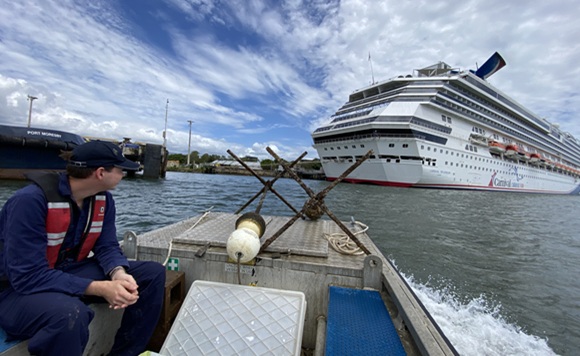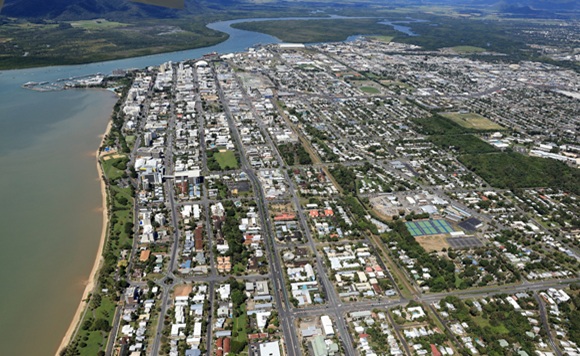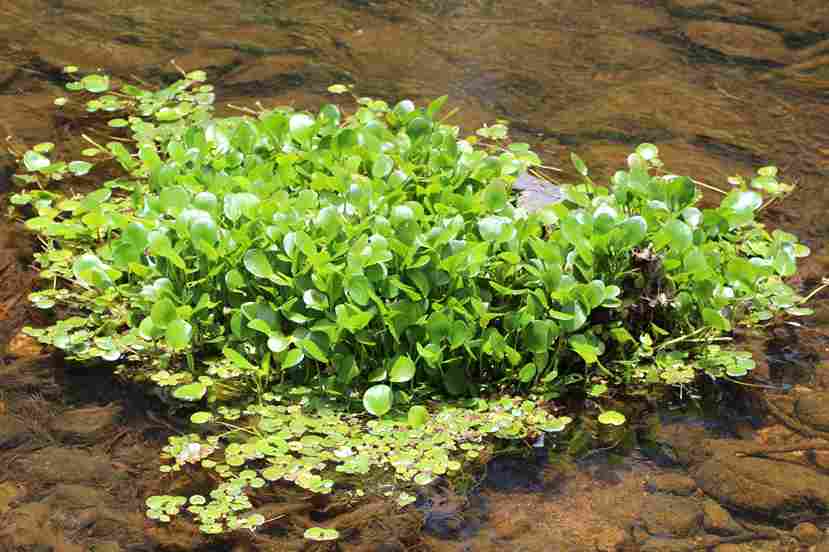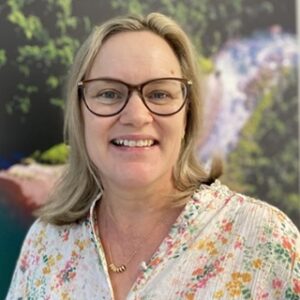
Managing urban runoff
Water run-off from urban areas can have a big impact on local waterways if it’s not managed effectively…
share article
share article
Urban areas contribute a disproportionate share of pollution to the Reef

In the Wet Tropics, heavy rainfall is a fact of life — and where that water goes matters. In urban areas, stormwater doesn’t just soak into the ground. It runs off roofs, roads, industrial zones, and construction sites, carrying pollutants with it that can end up in our local waterways and, ultimately, the Great Barrier Reef lagoon.
While urban areas make up just one percent of land in the Reef’s vast catchment, they contribute a disproportionate share of pollution — up to seven percent of the dissolved inorganic nitrogen (nutrient pollution) and nearly two percent of sediment that flows into the reef. These pollutants can damage fragile marine ecosystems.
To address this, local councils and industry are stepping up. One initiative is the Urban Water Stewardship Framework, co-funded by the Queensland and Australian Governments, which helps councils evaluate and improve how they manage urban water, benchmark their practices against best-practice standards, and report on their progress.
Towards Best Practice
Every two years, councils across the Wet Tropics region take part in workshops delivered by Wet Tropics Waterways to evaluate their urban water management strategies.
James Donaldson, Executive Officer of Wet Tropics Waterways, says the results so far show that water quality is generally being well managed during construction and as part of sewage treatment but there is room for improvement in established urban areas.
“Older suburbs tend to have infrastructure that needs updating in order to bring them up to best practice standards,” says James.
After the assessment workshops an independent report is produced to grade each council’s performance.
“The stewardship framework enables councils to identify where they can improve and where to allocate resources for the most impact,” he says. “It also provides leverage when applying for funding to upgrade infrastructure and implement better management practices.”
“A good example is Douglas Shire Council using the program to successfully apply for funding to assess and upgrade septic systems in Newell, Cooya, and Wonga Beaches. Many homes in these coastal communities rely on septic tanks rather than a centralised sewer system and over time, aging or poorly maintained systems can allow wastewater to seep into the environment, carrying excess nitrogen, phosphorus, and harmful bacteria.”
Smart Data – Point Source Portal
A new Queensland Government portal provides detailed data on sewage treatment plants, aquaculture farms, and wastewater management practices across the Reef catchment. Users can access reports on point source activities, pollution loads, and best management practices, and explore specific regions through an interactive database.
Find out more at: Point Source Information Portal
related posts.


Fighting Amazon frogbit.
Aquatic weed Amazon frogbit has been spreading in the Wet Tropics





